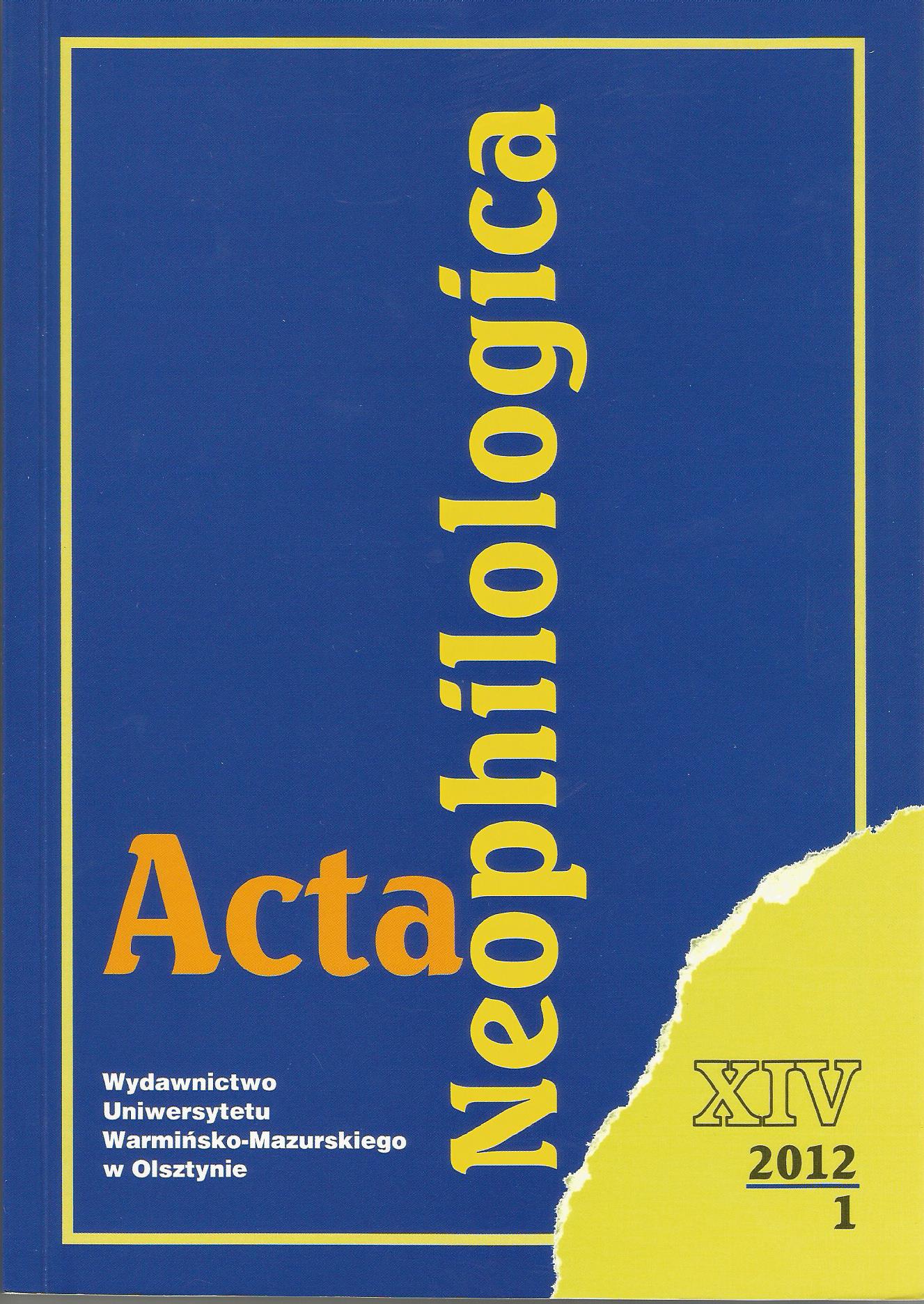Допетровские лексические заимствования из нидер-
ландского языка
Lexical Borrowing from Dutch in Pre-Petrine Russia
Author(s): Yaroslav DovhopolyySubject(s): Language and Literature Studies, Theoretical Linguistics, Lexis, Comparative Linguistics
Published by: Wydawnictwo Uniwersytetu Warmińsko-Mazurskiego w Olsztynie
Keywords: lexical borrowing; Dutch; pre-Petrine; Hanseatic League; Low German
Summary/Abstract: The article analyzes the borrowing from the Dutch language taking into account theetymological and historical aspects.The origins of relations between Russia and the Netherlands lie in those distant times,when the European system of political, trade and other relations developed itself. Thebeginning of this relationship can perhaps be traced back to the example of Staraya Ladoga,city in northern Russia, which for eight centuries before the founding of St. Petersburg in1703, was the first key port on the main trade route of ancient Russia “from the Vikings tothe Greeks”.In the beginning of the XII century merchant guilds have begun nucleation alliance ofcities, mostly in the basin of the North and Baltic seas, the so-called Hanseatic League. Sincethe main centers of which activities were carried out of the Hanseatic League was North andEast Germany, the Netherlands, respectively, then the language of communication of theHanseatic League was Low German. This article discusses the scope of the term “German”,which is characterized by considerable inconsistency. In modern Netherlandistic to refer tothis controversial use the term bifurcation, which is derived from Latin bifurcus – “forked”.Dialects of Low German are widely spoken in the northeastern area of the Netherlands (DutchLow Saxon) and are written there with an orthography based on Dutch orthography.
Journal: Acta Neophilologica
- Issue Year: 1/2012
- Issue No: XIV
- Page Range: 19-30
- Page Count: 12
- Language: Russian

